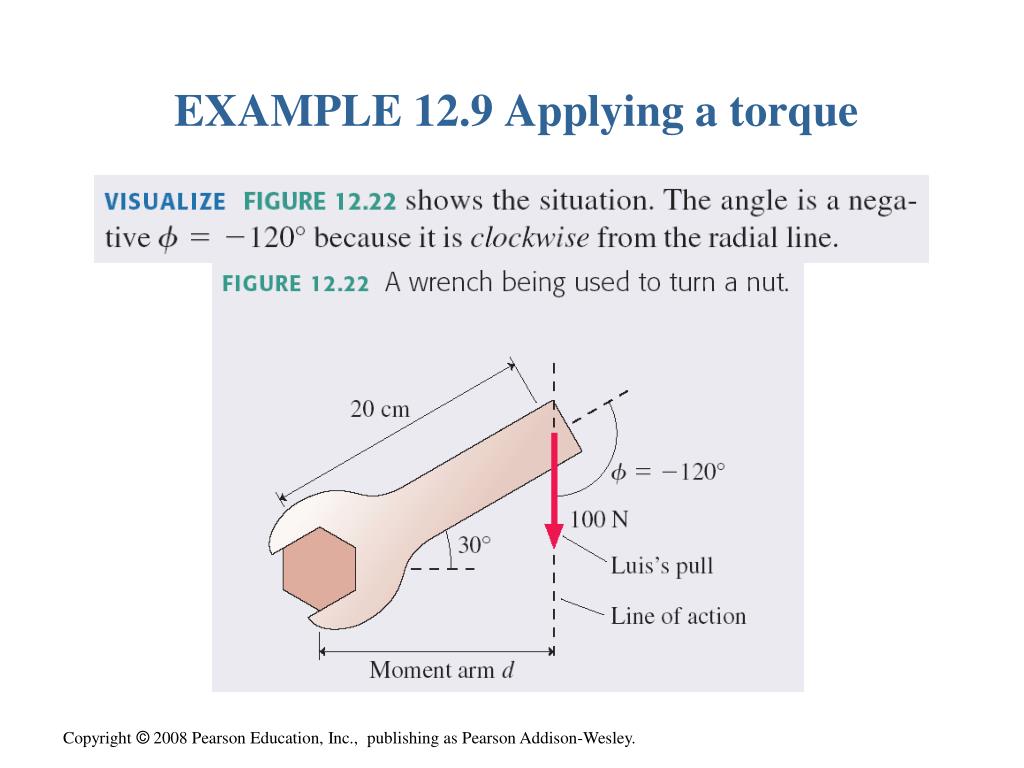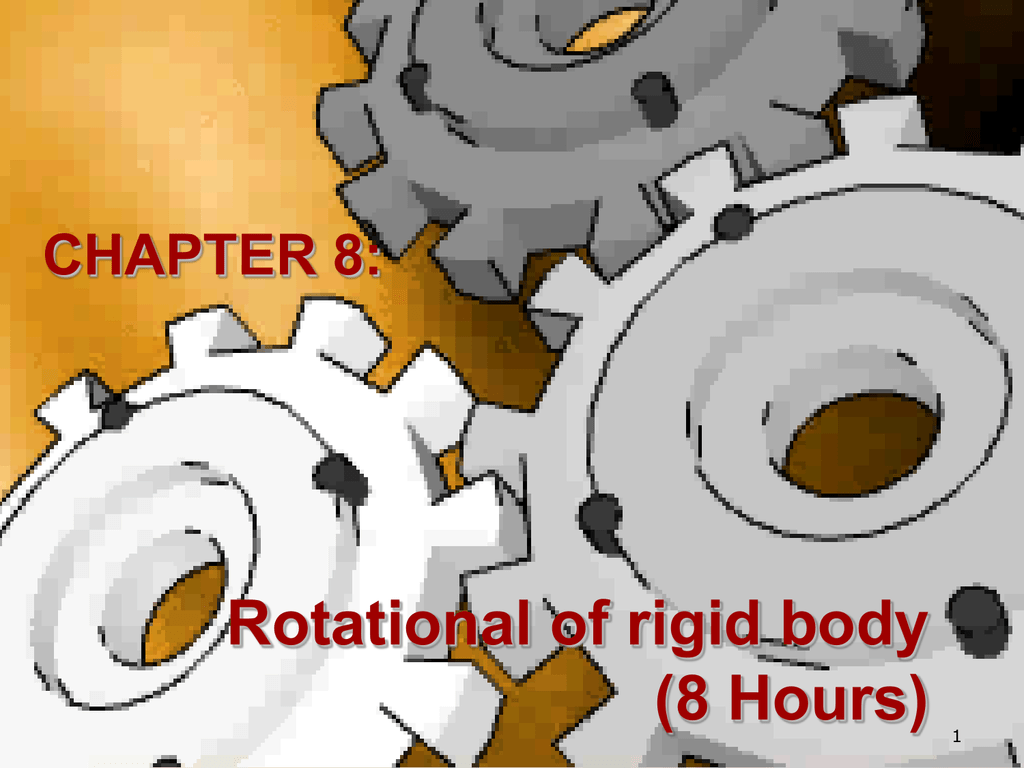

So if your simulation feels like it is on the moon, before cranking up the gravity, first check how big everything is. The teapot hits the ground in less than half a second. This time it's only about a foot off the ground. Again, move the teapot to be about one teapot-diameter off the ground.

Now you have a normal-sized teapot floating way up in the air. Also regenerate the convex hull to fit the new size. Reset the simulation, and shrink the teapot back to human proportions (around 8 units radius).The teapot drifts slowly to the ground like a balloon, touching down a couple seconds later. Move the teapot up to about one teapot-diameter off the ground.The convex hull again encompasses the teapot. Alternatively, tweak any parameter on the Physical Mesh Parameters rollout on the Modify panel. To regenerate the convex hull, on the MassFX Tools dialog (Multi-Object Editor) panel Physical Mesh rollout, click the Convex button and choose Convex from the drop-down list.

#Apply rigid body rotations postview update#
The teapot gets bigger but the convex hull does not update along with it. Make it as big as a football field if you like the bigger the better. Turn it into a giant teapot by increasing the radius to a suitably large value, given the units of your scene.Check the size of the teapot by looking at the Radius parameter for the Teapot object at the bottom of the modifier stack.The reason for doing it here is to make the rest of the procedure a bit easier to accomplish. This causes subsequent applications of the Rigid Body modifier to create a single physical shape for the entire object, no matter how many elements it comprises. Delete the Rigid Body modifier from the Teapot object, then on the MassFX Tools dialog World Parameters panel Scene Settings rollout, turn off Generate Shape Per Element.If you are looking through the giant's eyes while thinking you are a human, you are going to wonder why the brick is falling so slowly. However, a (gigantic) brick falling from that (enormous) 500 feet tower is going to take a lot longer to hit the ground than a (normal) brick falling from just 50 feet up. In a graphics-only world, a brick tower 50 feet tall seen by a person six feet tall standing 10 feet away appears identical to a brick tower 500 feet feet tall seen by a giant 60 feet tall standing 100 feet away. Moving the object towards the ground may sound obvious and unhelpful, but it brings up the important issue of units. increase the force of gravity (using the MassFX Tools dialog), or.(Perhaps you remember something apocryphal about Galileo dropping things from the Leaning Tower of Pisa?) The only ways that you can make an object fall faster are to either: In the idealized world (ignoring air resistance), objects of different sizes and weights all fall at the same speed.

To make a dynamic rigid body fall faster, you might try increasing its density (or mass) in the Physical Material rollout for the modifier, but that won't do anything. Heavier objects carry more inertia and can more easily push light objects out of their way. For example, a tiny steel pin and a large steel bollard both have a density around 7.85 g/cm 3, but (of course) the pin has a mass that is far less. The Density and Mass parameters for a physical material are tied together through the volume of the object.


 0 kommentar(er)
0 kommentar(er)
